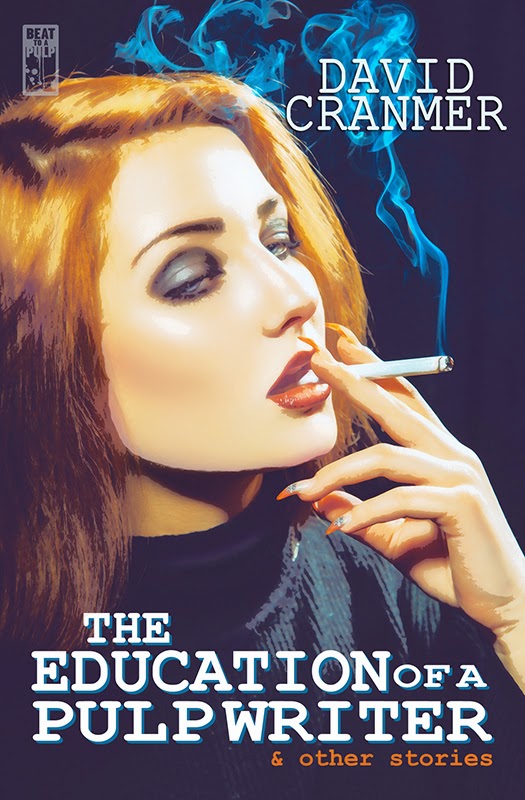I was cleaning out my word documents and found this 'review' I wrote last May and never posted. I played The Next Day again and stand by that its a solid piece of music. Here's my belated (fairly rough draft/no polish) take:
Review: THE NEXT DAY by David
Bowie
I’ve learned to not review music because since I can’t carry
a tune I will end up giving tribute like “this album (hell I’m not even sure
what to put there) is really, really good” or “it sucks” or something equally
inane. But Mr. Bowie’s latest helped me quite a bit over a long Memorial Day
weekend and if I begin by saying this isn’t a musical review but a post for
like-minded fans who may not have picked up his latest assortment of songs—then
that would be ok, right? So with that aside, and since I can’t see you nodding,
here we go:
 My first two CDs I bought was Rewind by the Rolling Stones
and ChangesBowie. I was working at Ames Department stores and this had to be
1989/1990 or thereabouts. I had been a fan of David Bowie, like everyone else
of my generation with the Let’s Dance (1983) LP. And yes, that was bought as an
album. (But CDs were the new rage and, let’s digress even farther, I remember
they came in these long cardboard cases that were eventually declared a waste
of tree and eventually shrink wrapped in nothing but plastic. So I purchased
them with my pathetic pay check and once I got off the swing shift and headed
home around 9:30 and played “Changes,” “Suffragette City,” and “Heroes” to… well
not death because this was a CD after all the new music form was billed as
indestructible. )
My first two CDs I bought was Rewind by the Rolling Stones
and ChangesBowie. I was working at Ames Department stores and this had to be
1989/1990 or thereabouts. I had been a fan of David Bowie, like everyone else
of my generation with the Let’s Dance (1983) LP. And yes, that was bought as an
album. (But CDs were the new rage and, let’s digress even farther, I remember
they came in these long cardboard cases that were eventually declared a waste
of tree and eventually shrink wrapped in nothing but plastic. So I purchased
them with my pathetic pay check and once I got off the swing shift and headed
home around 9:30 and played “Changes,” “Suffragette City,” and “Heroes” to… well
not death because this was a CD after all the new music form was billed as
indestructible. )
Out of all the phases of Mr. Bowie’s career it was that late
70’s period referred to as the Berlin era that cut the deepest with this fan.
Though I appreciated the earlier glam and later 80’s pop it was the 1976-’79
era that I related to the most. I just checked Wikipedia to find this sentence,
“Like Low, "Heroes"
evinced the zeitgeist of the Cold War, symbolized by the divided city of
Berlin.” Yeah, that and I thought the songs were really, really damn good. Since
ChangesBowie I have bought every release hoping to find an album that returned
to that style but Bowie, like Dylan, doesn’t retread and instead created new
landscapes with Heathen, Hours, Reality, and now The Next Day.
I played his latest (bought on the Kindle Fire) in an endless loop for three days. Days of
long, long deliberations on my part and where Mr. Bowie’s vision of the now
came through on a wave of pulsating positive rhythmic beats.* My favorite is “The
Stars (Are Out Tonight” with the heavens
bustling with activity: "We will never be rid of these stars,” Bowie sings
“But I hope they live forever."
What keeps David
Bowie relevant to me is he continues to write adult lyrics that doesn't resort to
entertaining the teen set or fall in the overly wrought sugar sentiment of the
adult radio scene. Bowie writes for the
over forty set who still appreciate the guitars and drums of our youth. With
the release of his latest his website stated “David is the kind of artist who
writes and performs what he wants when he wants ... when he has something
to say as opposed to something to sell.” Working on this not a review I see that Tony Visconti who produced those Berlin era LPs worked on The Next Day. Well there you go. No wonder it hits the mark so well.
The New York
Times called the album
"Bowie's twilight masterpiece". Well he’s only 66 and I’m hoping he’s
productive for another forty years. So were halfway there.
*no clue where I was going there.
 Gideon Miles is getting some serious love this week. First, it's great to have Cullen Gallagher back from, well, wherever great reviewers go to take a much deserved break. He has chosen to spotlight Miles to Little Ridge which was Heath Lowrance's first take on this U.S. Marshal. And Chris Leek takes a look at Heath's current Miles adventure, The Axeman of Storyville, over at his terrific blog, Nevada Roadkill.
Gideon Miles is getting some serious love this week. First, it's great to have Cullen Gallagher back from, well, wherever great reviewers go to take a much deserved break. He has chosen to spotlight Miles to Little Ridge which was Heath Lowrance's first take on this U.S. Marshal. And Chris Leek takes a look at Heath's current Miles adventure, The Axeman of Storyville, over at his terrific blog, Nevada Roadkill.
















